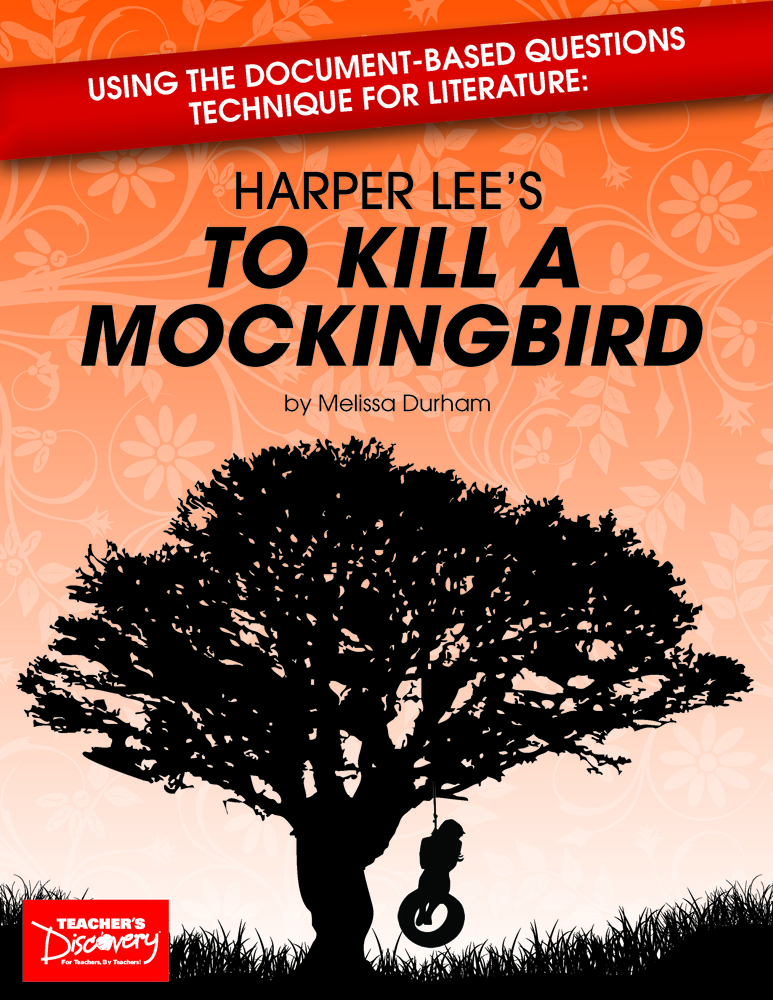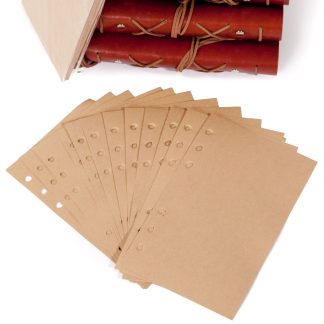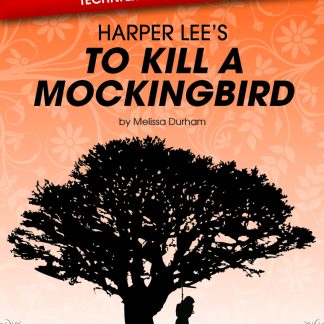Description
Using the Document-Based Questions Technique for Literature: Harper Lee’s To Kill a Mockingbird/ takes a new look at a classic you teach every year. Primary source documents related to the theme and subject of To Kill a Mockingbird/ are arranged under an overarching unit question, followed by questions that help a student make connections between literature and their own experiences. Writing and discussion prompts encourage analysis and synthesis. The writing prompts are building blocks to a longer, final essay.Includes an author biography, historical context, a synopsis of the novel, and a character chart. The Answer Key includes context and extra information about each document so you can enrich your lesson. Nonfiction, diary entries, poetry, and artwork add historical perspective and create contemporary connections with a classic, which encourage:Comprehension and Analysis: Students relate varied genres to the literature, therefore deepening their knowledge of the subject and theme.Reading: Timely and relevant themes engage student interest.Integration of Knowledge and Ideas: Evaluation activities involve students in analysis of subject and theme.Engagement: Analytical and creative research and activities.Writing: Questions and writing prompts, and a final essay synthesizes learning and activities.Application: Individual and group activities allow students to use their knowledge of the novel in new and exciting ways.span style=”color:#FF0000;”Download the free sample unit located in “Additional Info.”/spanCopyright 2017. English. High school. Reproducible. 80 pages.Book Download:/ PDF. Adobe Reader required to view PDF. PDF pages include color images and clickable web links.Print Book: /Spiral-bound. 8.5 x 11 inches. Black and white pages.img alt=”” src=”//aedownload.net/teachersdiscovery/images/Author_Melissa_Durham.jpg” style=”float: left; border-width: 0px; border-style: solid; margin: 0px 6px; height: 155px; padding-right: 10px;” /About the AuthorMelissa Durham has been teaching at the Margaret Talkington School for Young Women Leaders in Lubbock, Texas, since the school opened in the fall of 2008.Melissa has been teaching for 38 years, 32 of which she spent in Lubbock ISD. She serves as the campus academic leader for English Language Arts and Reading, coaches high school and middle school University Interscholastic League Ready Writing, is the spelling bee coordinator, and currently teaches English II Pre-AP and AP Language/Composition as well as dance.Melissa’s awards include the Beaumont Foundation Newton Excellence in Education Award for High School in 2014, Lubbock PTA High School Teacher of the Year in 2012, Who’s Who Among America’s Teachers (1998, 2003dash;2004), and Texas Middle School Association Outstanding Teacher Region 17 in 1997.




